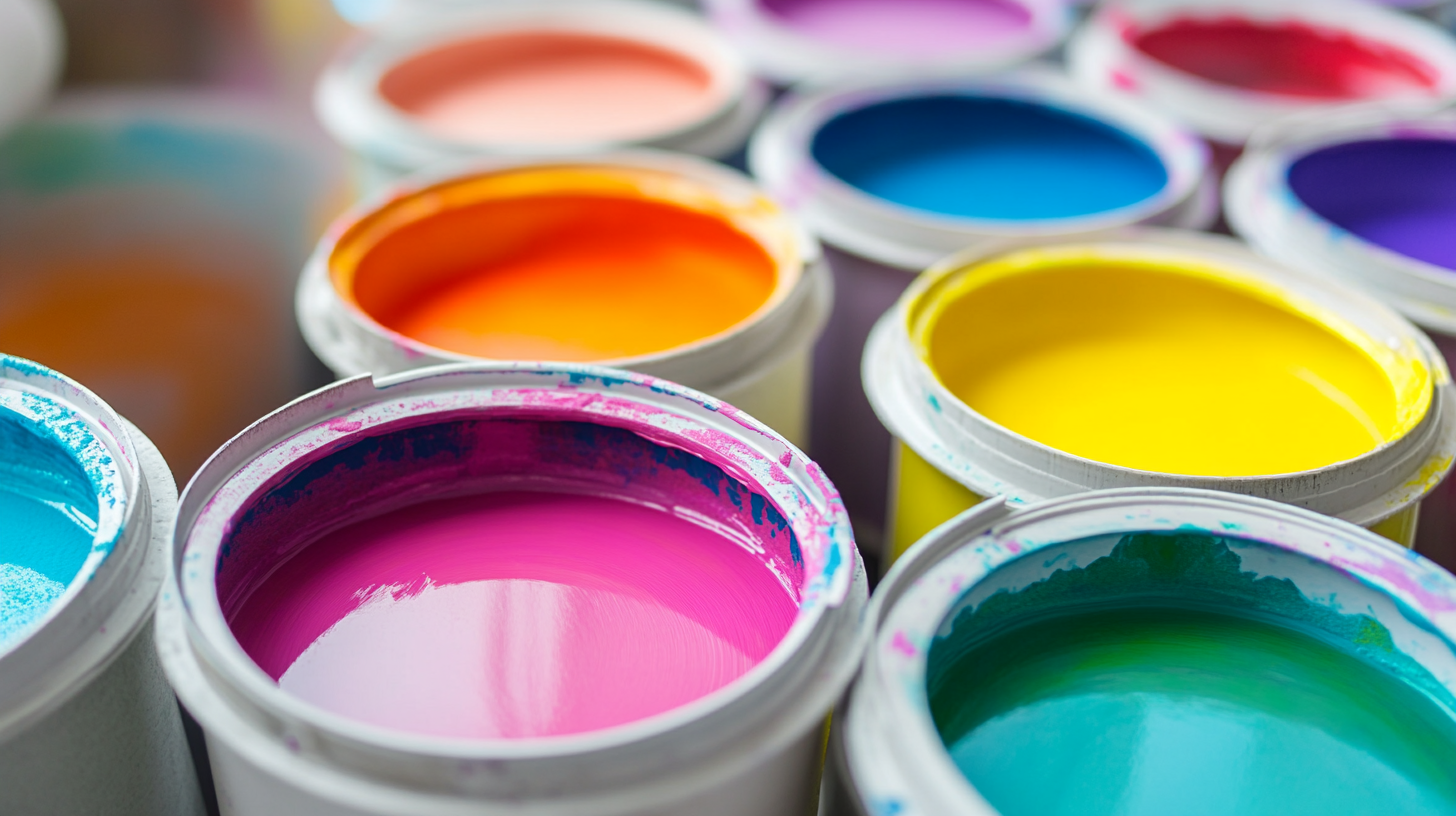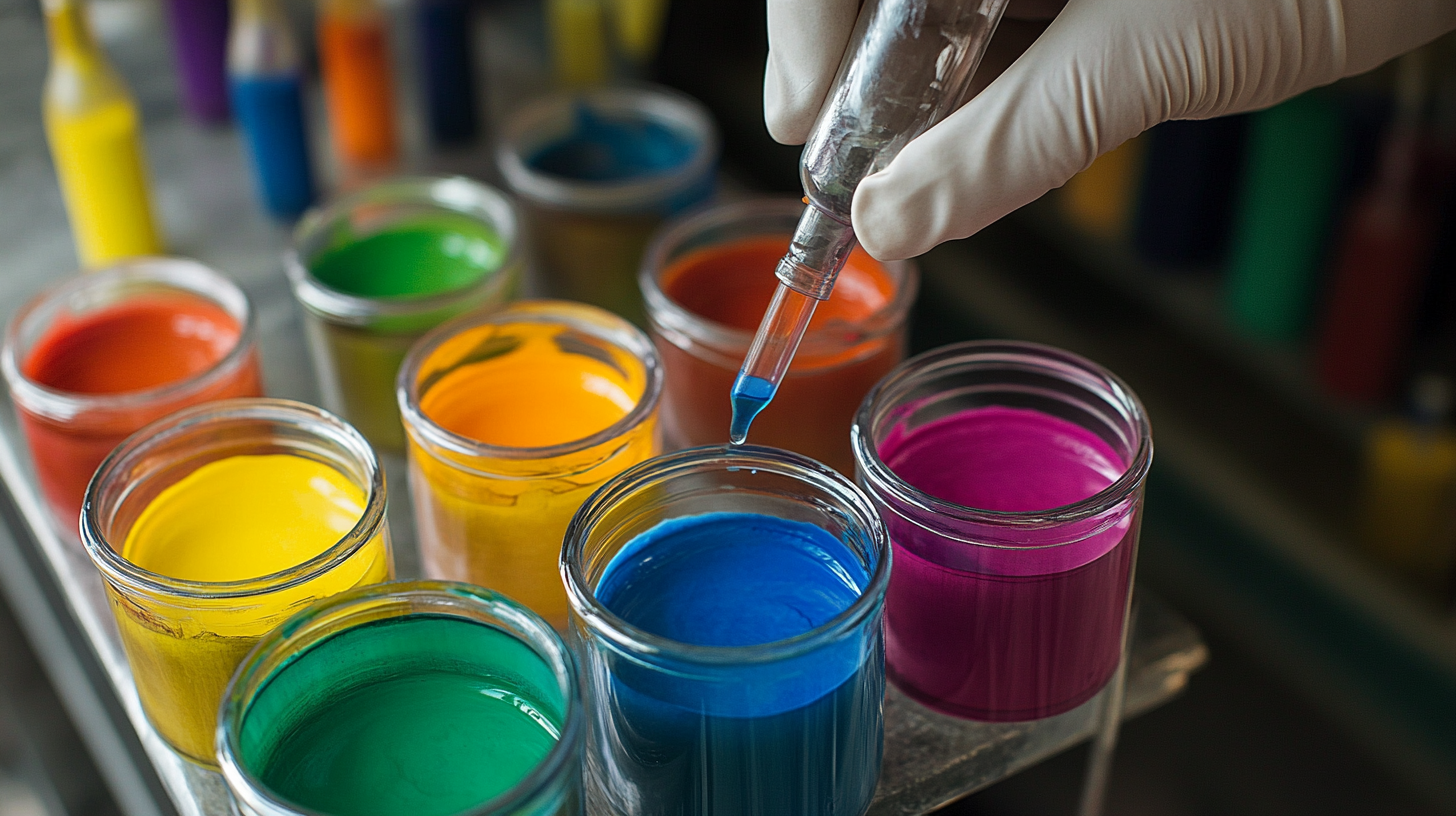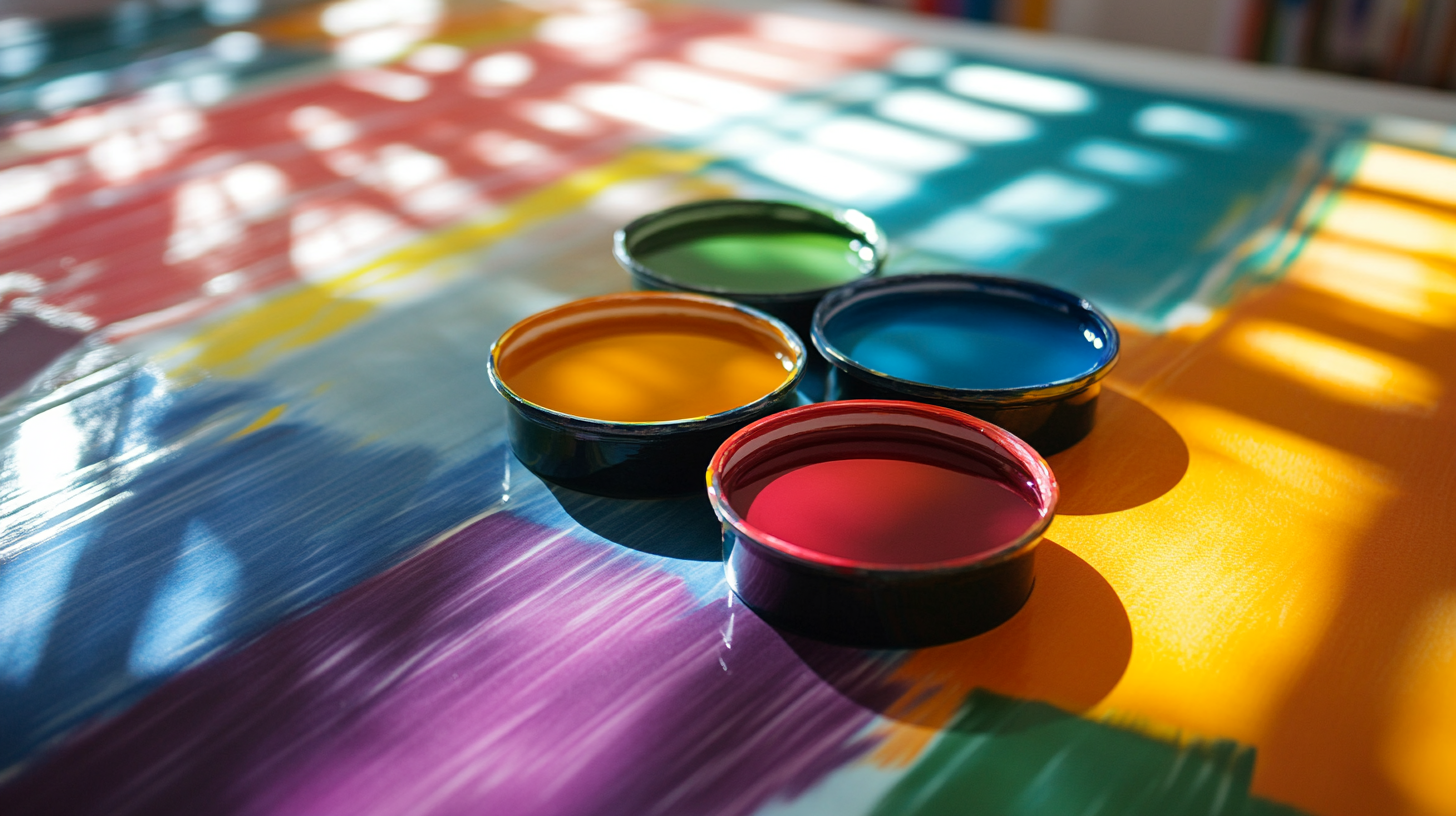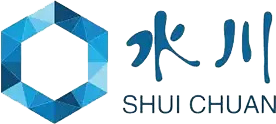In the vibrant world of textile projects, the significance of color cannot be overstated. One of the most versatile and popular options for achieving vibrant, long-lasting colors is the use of Reactive Dyes. These dyes form a covalent bond with the fibers of the fabric, resulting in shades that are not only vivid but also remarkably durable. Whether you are working on garments, home textiles, or artistic fabric items, selecting the right reactive dye can make a significant difference in the overall quality and aesthetic appeal of your project.
However, with a wide range of reactive dyes available in the market, choosing the perfect one for your specific textile needs can be overwhelming. Factors such as the type of fiber, desired colorfastness, application methods, and environmental impact all come into play when making this critical decision. In this blog, we will explore essential considerations and tips to help you navigate the selection process, ensuring your textile projects come to life with the colors you envision using Reactive Dyes.

When it comes to selecting the right reactive dyes for textile projects, understanding the key factors involved is crucial for achieving desired results. One significant factor is the type of fiber being dyed. Reactive dyes are primarily suitable for cellulosic fibers such as cotton and rayon, with studies indicating that reactive dyeing can yield up to 90% exhaustion rates on these fibers, providing vibrant and long-lasting colors. On the other hand, selecting inappropriate dyes for synthetic fibers can lead to poor fixation and colorfastness, resulting in unsatisfactory outcomes. Another critical consideration is the dyeing method. Different methods, such as batch dyeing and continuous dyeing, can affect how well the reactive dye adheres to the fabric. According to the latest industry analysis, optimizing the dyeing process can enhance the efficiency by approximately 25%, thereby minimizing water and energy usage, which is increasingly important given the textile industry's push towards sustainability. This highlights the need to match the dyeing technique with the specific properties of reactive dyes for optimal results. Lastly, one cannot overlook the importance of color fastness properties. Reactive dyes are renowned for their excellent wash and light fastness. According to a report by the International Journal of Textile Science, textiles dyed with high-quality reactive dyes can exhibit wash fastness ratings of 4 to 5, which is essential for maintaining the integrity of the design after repeated laundering. It is vital to choose dyes that not only meet aesthetic requirements but also ensure durability throughout the product's lifecycle. Selecting the right reactive dyes based on these factors can elevate the quality and sustainability of textile projects.

When selecting reactive dyes for textile projects, understanding the various types and their specific applications is crucial. Reactive dyes are predominantly used in the dyeing of cellulose fibers, such as cotton, due to their excellent fixation properties and color brightness. There are several categories of reactive dyes including vinyl sulfone, dichlorotriazine, and monochlorotriazine dyes, each offering unique benefits for specific textile applications. For instance, vinyl sulfone dyes exhibit excellent wash and light fastness, making them ideal for garments requiring durability.
Recent studies in the dye industry highlight the significance of exploring sustainable alternatives and the growing scrutiny over dye toxicity. A review noted that azo dyes, commonly utilized in textiles, could pose environmental threats, leading to their increased regulation. Furthermore, it has been identified that synthetic organic dyes contribute to aquatic contamination, affecting ecosystems negatively. This has prompted researchers to examine bioremediation strategies that can mitigate the impact of azo dyes and promote safer dyeing processes.
Natural dye applications have gained traction as a viable alternative, attracting attention for their eco-friendliness and safety. Utilizing colorants derived from plants and insects not only reduces the toxic footprint associated with synthetic dyes but also enhances the value of textile products that appeal to environmentally conscious consumers. With advancements in dye technology, consumers are encouraged to consider the environmental implications of their dye choices while also seeking textile products that marry quality with sustainability.

When selecting reactive dyes for textile projects, understanding colorfastness and wash fastness is paramount. Colorfastness refers to a dye's ability to maintain its original color in response to various conditions, while wash fastness measures how well the dye resists fading during laundering. According to a study published by the AATCC (American Association of Textile Chemists and Colorists), reactive dyes typically provide superior wash fastness, with ratings often exceeding 4-5 on the 1-5 scale commonly used in the industry.
The effectiveness of reactive dyes can largely be attributed to their covalent bonding with fibers, allowing for more durable coloration. For instance, popular reactive dyes such as Procion MX display exceptional wash fastness ratings, making them favorable for cotton and other cellulose fibers. Reports indicate that these dyes can withstand over 30 wash cycles without significant fading, making them a reliable choice for fabrics intended for everyday use.
Moreover, the implications of colorfastness extend beyond aesthetic appeal; they play a critical role in consumer satisfaction and product longevity. Research from the International Textile and Apparel Association shows that 70% of consumers consider color retention a key factor when purchasing textiles. By choosing reactive dyes with high color and wash fastness ratings, textile manufacturers can enhance product quality, ensuring their offerings stand out in a competitive market.

When selecting reactive dyes for textile projects, it's crucial to consider their environmental impact. Eco-friendly reactive dyes are formulated with less harmful components and are designed to minimize waste during the dyeing process. Traditional dyes often contain toxic substances that can leach into water systems, harming aquatic life and disrupting local ecosystems. By choosing dyes certified for sustainability, you not only help protect the planet but also enhance the appeal of your textile products to environmentally conscious consumers.
Evaluating the environmental credentials of reactive dyes involves looking into their biodegradability and the manufacturing processes behind them. Brands that prioritize sustainable practices often disclose their production methods, including the use of renewable materials and water conservation techniques. Opt for dyes that are free from harmful heavy metals and other hazardous chemicals, as these can pose risks not only to the environment but also to workers handling these materials. Checking certifications such as Global Organic Textile Standard (GOTS) can guide your choices toward safer, greener options.
Moreover, consider the lifecycle of the dye from production to disposal. Eco-friendly dyes should be designed to wash out less during laundering, thereby reducing water pollution and conserving dye resources in the long run. Innovating with natural dyes from plants or minerals can also be an alternative, though it may require more effort in sourcing and application. By making informed decisions, you can contribute meaningfully to sustainable practices in the textile industry while achieving vibrant and lasting color in your projects.
The demand for sustainable dyeing solutions is rapidly reshaping the textile industry, reflecting a broader shift towards environmentally conscious practices. As consumers become increasingly aware of the detrimental effects of synthetic dyes, manufacturers are compelled to adopt greener alternatives. The Natural Dyes Market is one such area witnessing significant growth, with valuations expected to rise from USD 4.8 billion in 2024 to an impressive USD 6.4 billion by 2029, showcasing a CAGR of 5.7%. This surge is largely driven by a heightened awareness of health implications associated with conventional dyes, prompting both consumers and brands to prioritize sustainability.
Similarly, the Acid Dyes Market is projected to reach USD 2.5 billion by 2032, exhibiting a steady CAGR of over 6.1% from 2025 to 2032. This growth highlights the industry's adaptive nature as it strives to balance performance with ecological responsibilities. Innovations in dyeing technology, such as waterless solutions, are emerging as key players in enhancing sustainability in textile manufacturing. The waterless dyeing market alone is expected to grow at a remarkable 9.2% CAGR between 2025 and 2034, emphasizing the potential for efficient, resource-saving practices.
The shifting landscape not only caters to consumer demand but also aligns with broader environmental goals. As the fashion industry grapples with issues of pollution and resource depletion, the survival of textile businesses increasingly hinges on their commitment to sustainable practices. With market trends indicating a robust inclination towards natural and eco-friendly dyeing methods, it is clear that the future of textile projects will be dictated by both innovation and values of sustainability.
